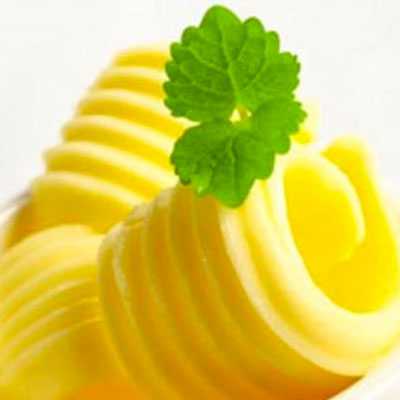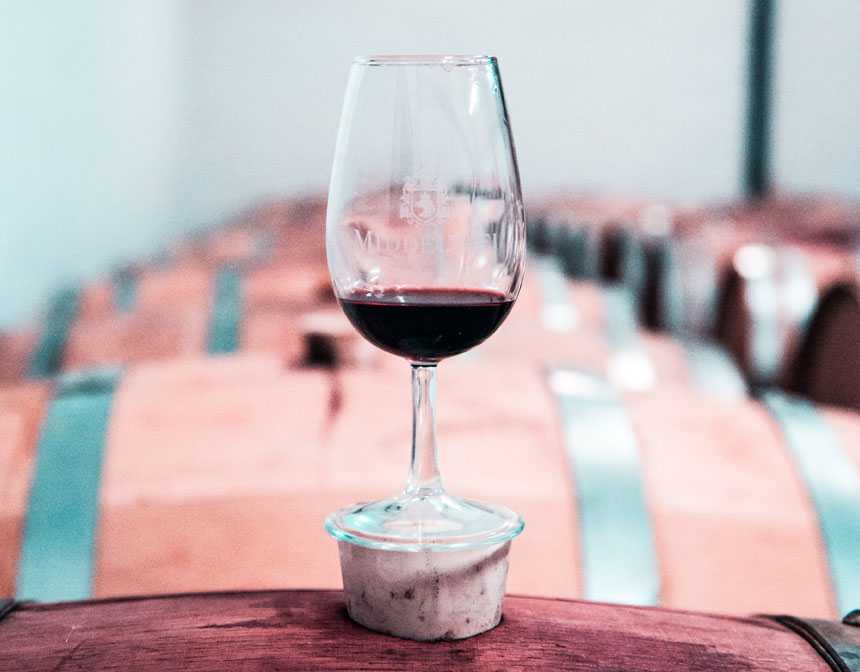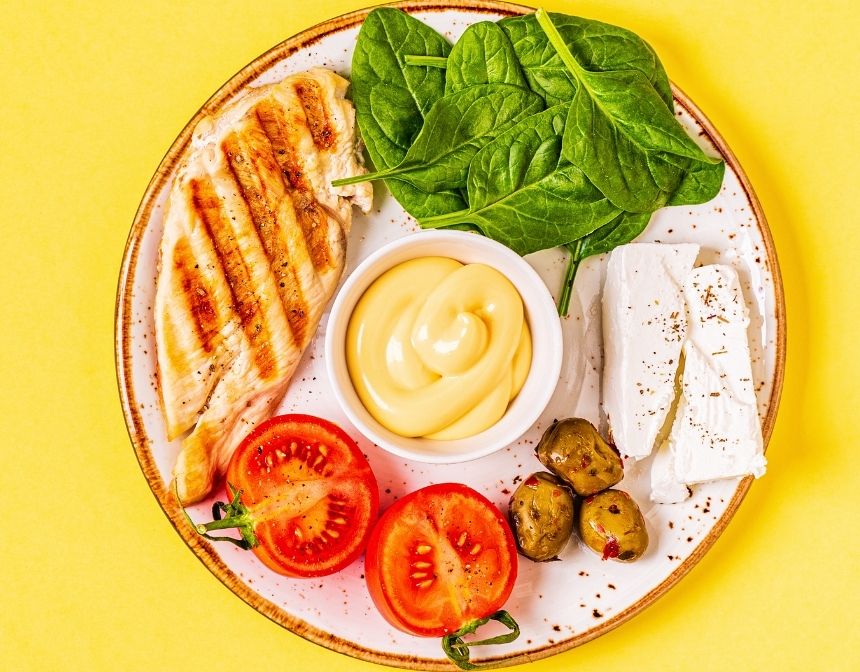What Is Bitterballen?
Bitterballen, often referred to as beef croquettes in the English-speaking world, are a derivative of the Dutch croquette. The history of this appetizer dates back to France in the early 19th century, but it was the Dutch who truly embraced and popularized the snack, making it their own with a unique blend of herbs and a hearty meat filling.
While croquettes are typically cylindrical, bitterballen are their spherical kin, a smaller bite-sized version that packs a robust flavor in a compact form.
The journey of bitterballen from a French novelty to a Dutch staple is a testament to the Netherlands' rich culinary integration. These Dutch croquettes have become synonymous with convivial pub fare, often enjoyed with a cold pint of beer and good company. They have gained such popularity that it's nearly impossible to visit Amsterdam without encountering bitterballen Amsterdam style – with their perfectly crisp shell and steamy, savory filling, served alongside a spicy or tangy mustard.
What Is The Difference Between Croquette And Bitterballen?
Croquettes and bitterballen are both popular snacks that feature a breaded and fried exterior with a savory filling. While they are similar in preparation and ingredients, there are some distinct differences between the two, particularly in terms of shape, size, and cultural context.
Shape and Size:
- Croquettes: Traditionally, croquettes are cylindrical and elongated, resembling small logs. They are usually a few inches long and can be made with various fillings, including potato, meat, fish, cheese, or vegetables.
- Bitterballen: Bitterballen are the smaller, round cousins of croquettes. They are bite-sized balls that make perfect finger food and are typically filled with a thick, meaty ragout.
Serving and Consumption:
- Croquettes: Croquettes are versatile and can be served as a snack, an appetizer, or even a main dish, depending on their size and the accompanying dishes.
- Bitterballen: Bitterballen are specifically designed as a snack or appetizer and are traditionally served with mustard for dipping.
Cultural Context:
- Croquettes: The croquette is a versatile snack enjoyed worldwide and can be found in numerous cuisines with regional variations in the filling.
- Bitterballen: Bitterballen are particularly associated with Dutch cuisine and are a staple in the Netherlands, often served in bars and at social gatherings.
Both croquettes and bitterballen are coated in breadcrumbs and deep-fried until golden brown, creating a crunchy outside with a soft, savory inside. However, the bitterballen's ragout is usually more gelatinous and rich, frequently made from a mixture of beef broth, beef, butter, flour, and seasonings, which sets when cooled and retains its shape when rolled and coated. In contrast, croquette fillings can be more varied and often have a softer, mashed consistency before being shaped and fried.
What is A Roux?
A roux (pronounced "roo") is a classic thickening agent for sauces and soups in French cuisine. It is made by cooking equal parts flour and fat together until the raw flavor of the flour cooks out and the mixture reaches the desired color and flavor. The fat used is typically butter, but other fats like oil or lard can also be used. The cooking duration can vary depending on the intended use, which will also affect the color and flavor of the roux.
Types of Roux:
- White Roux: Cooked for a short time, just until the mixture has combined and starts to turn pale; it’s used for white sauces like béchamel.
- Blonde Roux: Cooked a bit longer until it takes on a light tan color; it has a nuttier flavor and is used in lighter soups and sauces.
- Brown Roux: Cooked until it becomes a deep brown color and develops a rich, toasted flavor; it's used in darker sauces and classic Cajun and Creole dishes like gumbo and étouffée.
How To Make a Roux?
- Melt the Fat: Start by melting the butter (or other fat) in a pan over medium heat.
- Add the Flour: Whisk in the flour until it’s completely absorbed by the fat, forming a paste.
- Cook the Roux: Continue to cook the mixture, stirring constantly, until it reaches the desired color and smell. The longer you cook it, the darker and more flavorful it will become.
- Use or Store: Once the roux has reached your desired color, it can be used immediately to thicken a dish, or it can be cooled and stored for later use.
The key to a good roux is to stir constantly to ensure an even cook and to prevent burning, which can give an undesirable flavor. A well-made roux can provide a silky, rich base to many dishes, elevating the texture and taste of culinary creations.
For more, check out our ‘How To Make Roux?’ article.
What To Serve with Bitterballen?
Bitterballen, a Dutch snack, is often served as a tasty accompaniment to a variety of beverages. Here are some traditional pairings:
Mustard: Bitterballen are commonly served with a side of Dijon or Dutch mustard. The tangy flavor of the mustard complements the richness of the snack.
Beverages: Bitterballen go exceptionally well with a range of beverages such as beer, especially lagers or pale ales. The crispy exterior and savory filling of the bitterballen complement the effervescence of beer.
Pickles and Gherkins: The acidity and crunch of pickles or gherkins can provide a refreshing contrast to the savory and creamy texture of bitterballen.
Cheese Platter: Serve bitterballen alongside a selection of Dutch cheeses. The combination of warm, crispy bites and the smoothness of cheese can be delightful.
Other Dipping Sauce: Chili sauce, aioli or ketchup and horseradish can add a savory or/and spicy taste to bitterballen.
Best Bitterballen in Amsterdam
Here are some popular places in Amsterdam known for serving excellent bitterballen:
Winkel 43: While Winkel 43 is renowned for its apple pie, it also offers a selection of Dutch snacks, including bitterballen. The café is located in the Jordaan district.
Café de Tuin: Café de Tuin is a charming pub located in the heart of Amsterdam. Alongside a great selection of beers, they serve tasty Dutch snacks, and their bitterballen are highly recommended. The laid-back atmosphere and friendly staff contribute to a delightful experience.
Proeflokaal A. van Wees: Proeflokaal A. van Wees, also known as A. van Wees Distillery De Ooievaar, is a historic distillery and tasting room. They offer a variety of Dutch spirits and snacks, including excellent bitterballen. The unique setting and traditional flavors make it a memorable spot to enjoy this classic Dutch treat.
ANNA Amstelveen: ANNA Amstelveen is a popular restaurant that offers a mix of Dutch and international cuisine. Known for their high-quality dishes, including bitterballen, this place provides a modern and welcoming environment for enjoying this Dutch classic.
De Ballenbar: Located in the Foodhallen, a trendy indoor food market, De Ballenbar specializes in bitterballen with various fillings. It's a place to explore different flavors.













































